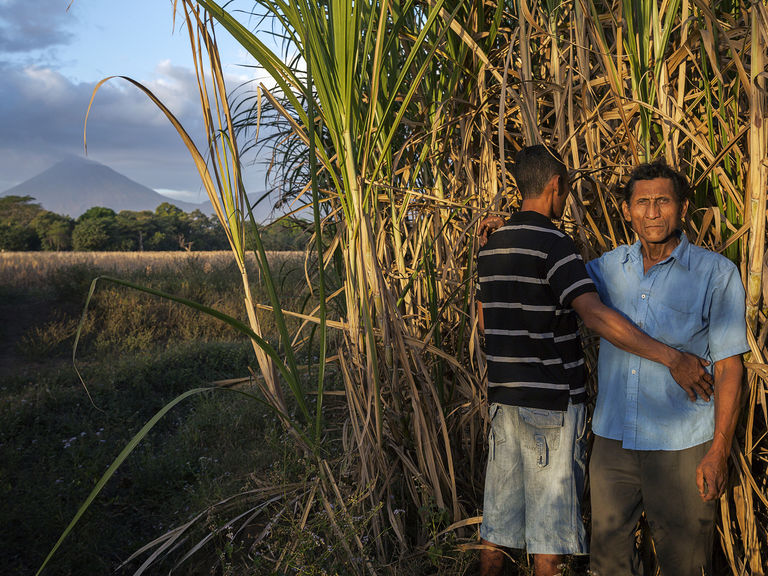Project Detail: In The Hot Zones
Contest:
Reportage and Documentary 2022
Brand:
LuganoPhotoDays
Author:
Ed Kashi
Status:
Finalist
Project Info
In The Hot Zones
CKDnT, the deadly illness typically found in hot climates, primarily impacts poor, rural agricultural workers. Given the lack of medical attention, this disease is devastating communities, families and individuals, who are caught between precarious work, inactive governments, abusive employers, and inhuman labor practices. This ongoing visual investigation intimately illustrates the multi-generational impact of CKDnT and bring the plight of agrarian lives into world view to give them a voice.
I arrived in Chichigalpa, Nicaragua in 2013 for a short assignment to photograph a little-known work-related illness. While there, I witnessed a funeral for a sugarcane worker every single day who had died from this illness known as CKDnT (chronic kidney disease of nontraditional causes). All these years later, I remain deeply committed to telling the story of this underreported and under-diagnosed global health pandemic.
CKDnT, the deadly illness typically found in hot climates, primarily impacts poor, rural agricultural workers. Given the lack of medical attention, this disease is devastating communities, families and individuals. The effected are without a voice and caught between precarious work, inactive governments, abusive employers, and inhuman labor practices.
I have documented this disease decimating families in Nicaragua, El Salvador, India, Sri Lanka and Peru. Regions suffering from CKDnT lack financial support and sufficient infrastructure to carry out essential studies on these effected populations. This project has involved frontline reporting and serves as a vital part of advancing medicinal and scientific research, eventually influencing Central American sugar cane mills to change their labor practices.
This ongoing visual investigation is intended to intimately illustrate the multi-generational impact of CKDnT and bring the plight of agrarian lives into world view to give them a voice. Since we must all be made aware of the profound need to defeat CKDnT, I constantly look for ways to grow the conversation and raise visibility of the epidemic by using the strength of visual storytelling to generate awareness, education, support, and community involvement. My future plans are to grow this project by continuing to explore communities in which CKDnT is suspected. Future potential sites include Egypt, Nepal, and countries in South and Central America.


















